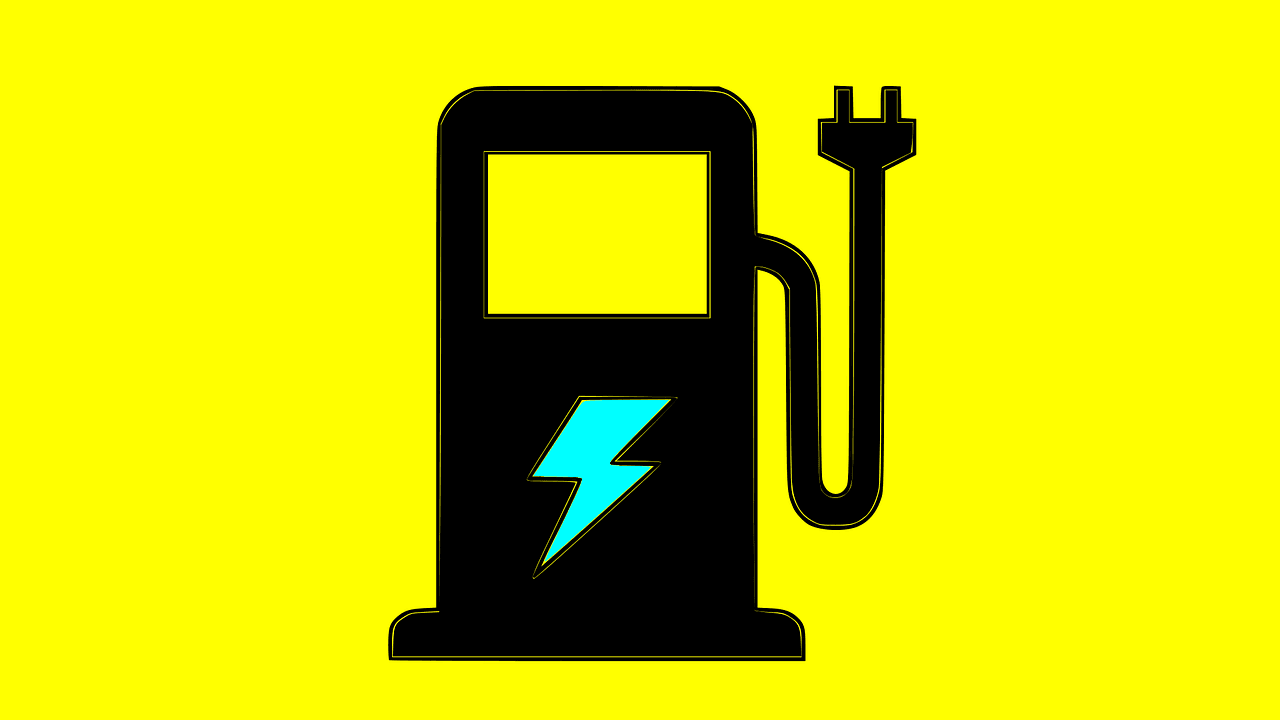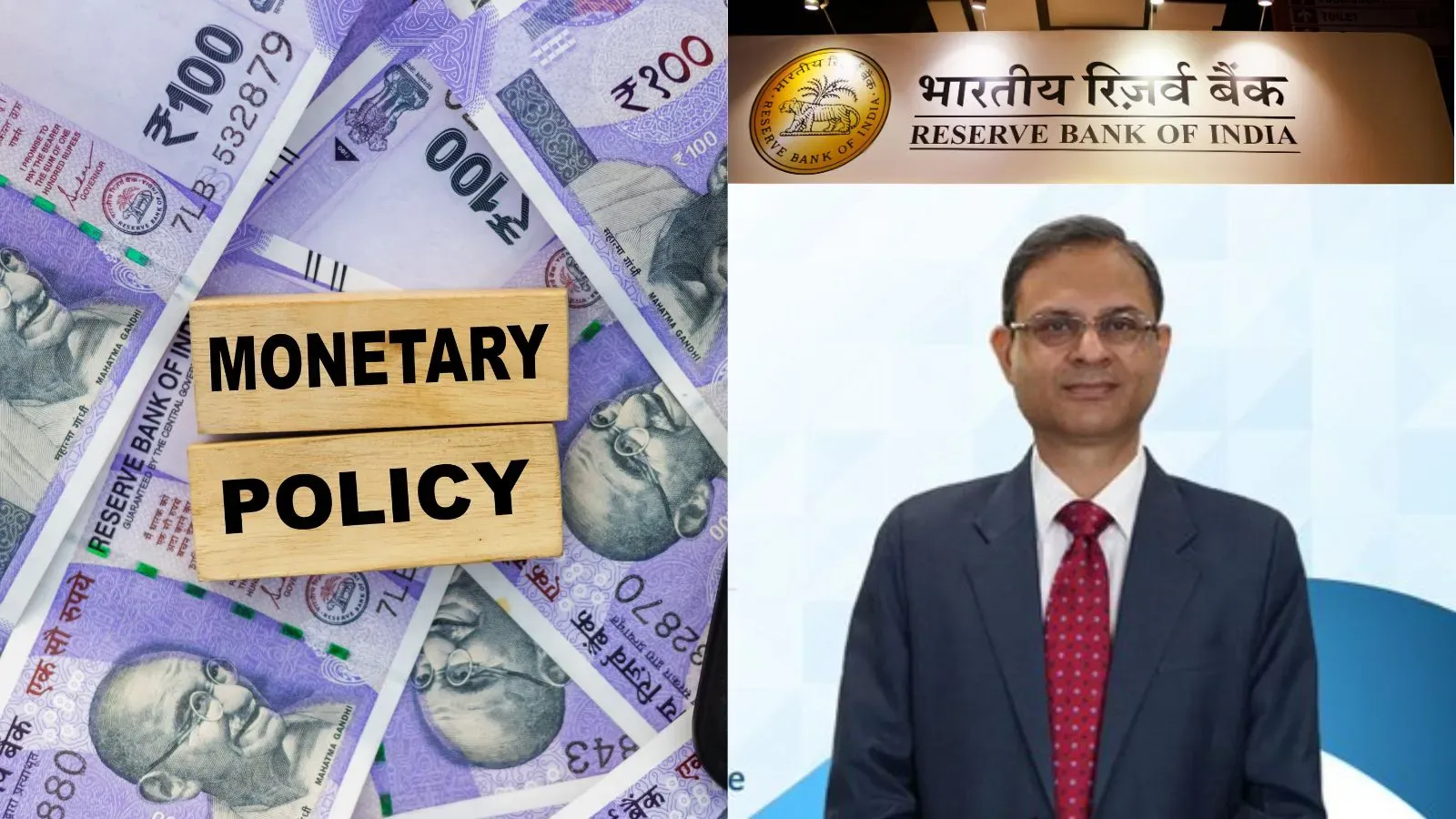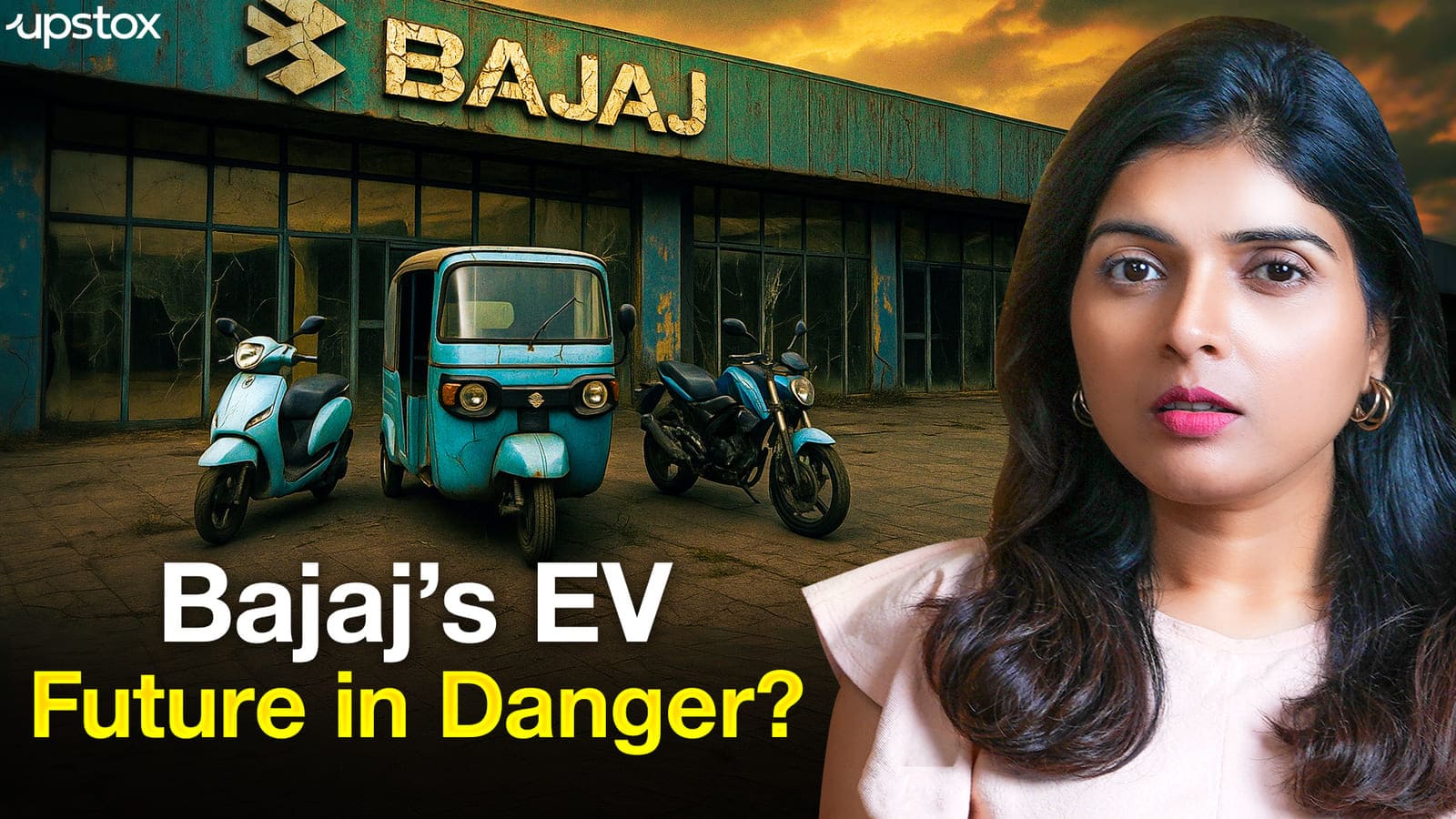Business News
Budget 2024: Why the EV industry is seeking FAME III and how it could boost EV sales further
.png)
4 min read | Updated on January 25, 2024, 14:44 IST
SUMMARY
With the FAME II scheme, the current driver of EV adoption in India, nearing its final lap, all eyes are glued to the highly anticipated FAME III.

With the implementation of FAME II, the nation has witnessed a rise in EV sales.
Key Takeaways:
- We can expect an increase in budgetary allocation and a revision of the subsidy structures in FAME III, which will make EVs more attractive to price-sensitive consumers in India.
- One of the focus areas will be on creating a robust network of charging stations across the nation which will alleviate range anxiety and unlock long-distance EV travel.
- Expect a boost in consumer confidence and educated decision-making as a result of an improved policy framework under Fame III
- We can expect a likely push for a uniform reduced GST on all EV components and battery swapping batteries, promoting a level playing field and fostering holistic EV ecosystem growth.
Industry stakeholders perceive it as more than an extension, but as a transformative upgrade, capable of electrifying the EV landscape and improving sales in 2024 and beyond. But what exactly makes FAME III so appealing, and how could its key features contribute to an increase in EV adoption in India?
What is FAME III?
FAME III is the successor to the existing FAME II scheme (Faster Adoption and Manufacturing of Electric Vehicles), which has played a pivotal role in bolstering India's EV journey. With the implementation of FAME II, the nation has witnessed a rise in EV sales, particularly in the two-wheeler segment. However, challenges remain - high battery costs, limited charging infrastructure, and a complex policy framework still hinder wider adoption.
The FAME III scheme will be introduced to improve present frameworks, policies, and further incentivize EV adoption and manufacturing.
Enabling Affordability
One of the biggest roadblocks for EV adoption is cost. While FAME II has played a commendable role in making EVs more accessible, affordability remains a key concern for many potential buyers in 2024.
The FAME III scheme is expected to address this head-on, with whispers of an increased budgetary allocation and potentially revised subsidy structures.
Charging Infrastructure
Range anxiety is a persistent hurdle for EV adoption in India. Our country is vast and without adequate charging capabilities, long-distance travel is not yet feasible.
FAME III is expected to prioritize the expansion of charging infrastructure across the country. What we can hope for is a network of charging stations dotting highways, cities, and even rural areas, offering convenient and reliable energy top-ups
Local Battery Manufacturing
Battery costs play a significant role in EV pricing. While FAME II links incentives with battery capacity, the underlying fact remains that local Li-io battery manufacturing is an undernourished sector in need of immediate attention.
Policy changes are expected to incentivize local battery production through subsidies and the establishment of robust lithium-ion supply chains. Not only will this reduce reliance on imports, but it will also reduce manufacturing costs and drive affordability.
Choice and Clarity
The EV market is still in its nascency and continues to evolve. This makes navigating the choices and regulations considerably confusing for the average consumer.
We can anticipate much-needed clarity and structure through a comprehensive policy framework. This could include standardized battery-swapping protocols, streamlined licensing procedures, and clear safety regulations among other policy tweaks.
The PLI Accelerator
While FAME III holds immense promise to encourage EV adoption, industry experts eagerly await the potential inclusion of Production-Linked Incentives (PLI) specifically for EV manufacturers in Budget 2024.
PLI could potentially attract significant investments to the sector, stimulate the domestic manufacturing ecosystem, and further accelerate the development of the Indian EV landscape.
GST and FAME III:
Currently, EVs attract a 5% GST, while battery packs sold separately face a higher 18% GST. This disparity creates an uneven playing field and discourages battery swapping, a promising technology for promoting EV adoption.
Industry experts anticipate FAME III to push for a reduced uniform GST on all EV components and batteries, making them more competitive in pricing and encouraging adoption across all strata of society.
Conclusion
With the forthcoming Interim Budget of 2024, FAME III is poised to take the driver's seat and the EV industry in India is ready to accelerate in 2024. While incentivization and increased affordability will improve EV adoption and grow sales - policy changes are also needed to transform the way we think about mobility, embrace a cleaner future, and empower individuals to be part of the electric revolution.
By signing up you agree to Upstox’s Terms & Conditions
About The Author
Next Story

